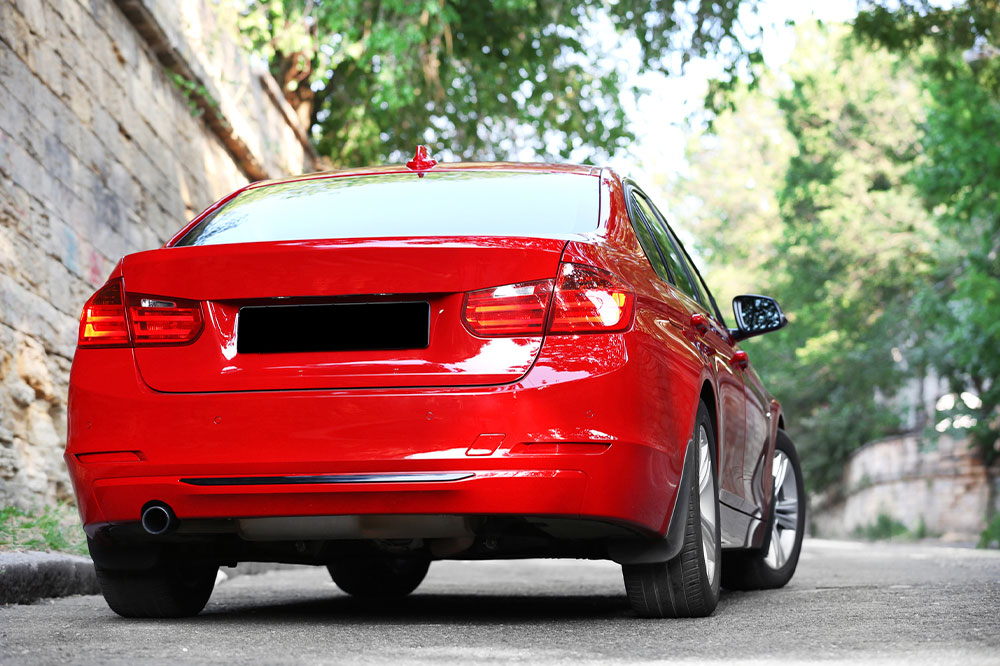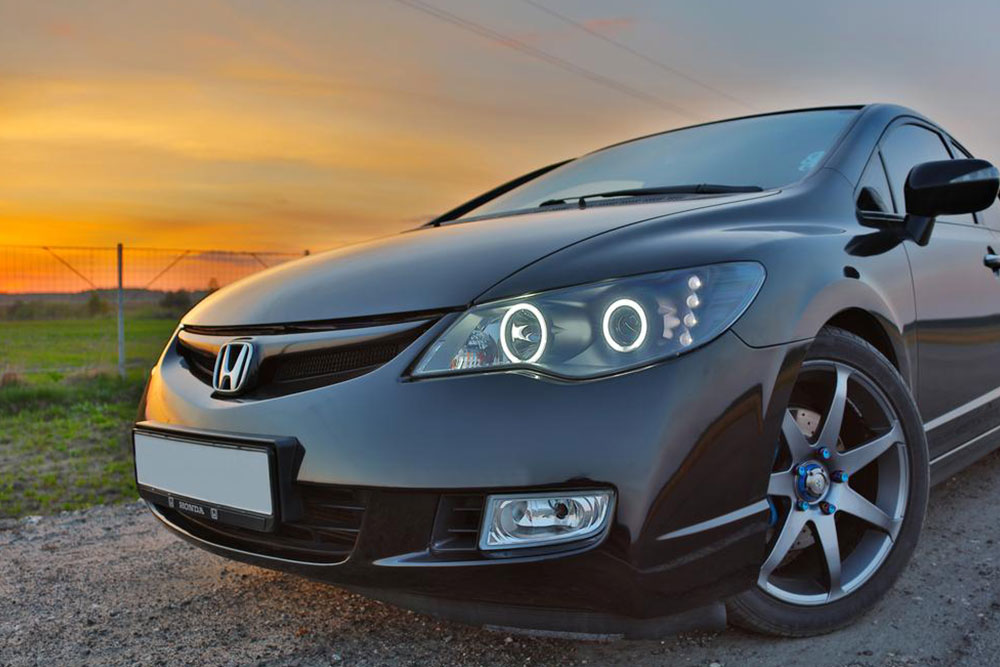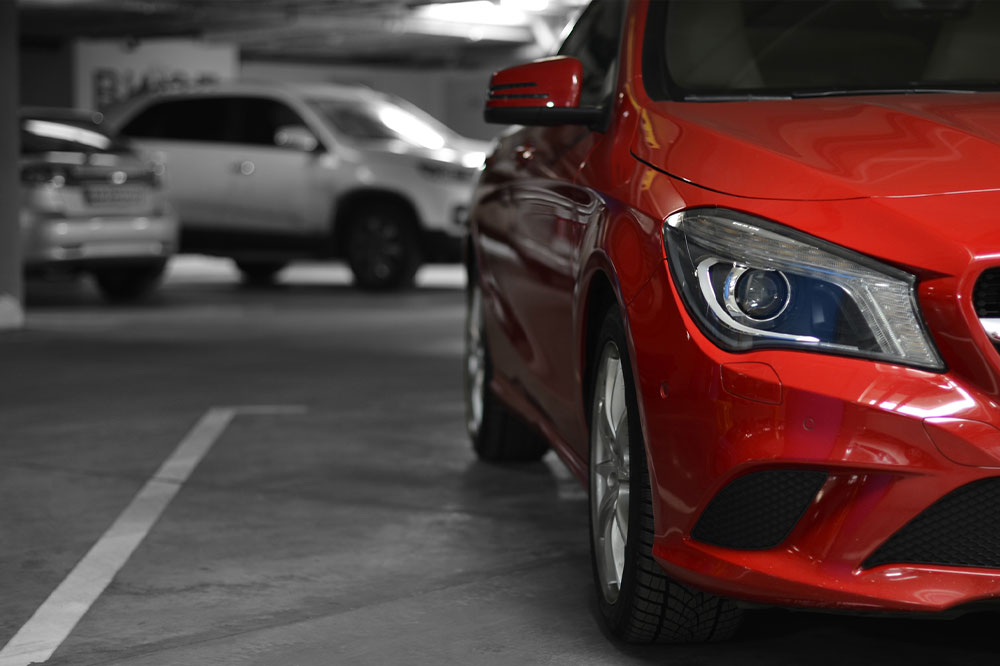Comprehensive Overview of the Saturn S-Series Compact Vehicles
The Saturn S-Series, launched in 1991, set new standards for affordable, durable, and stylish compact cars. Its dent-resistant body panels, versatile models, and safety features made it a popular choice among budget-conscious drivers. This comprehensive overview explores the key features, design, performance, safety, and pricing — ideal for those looking for reliable transportation with practical amenities. Discover how the S-Series impacted the compact vehicle market and why it remains a notable model decades after launch.

Comprehensive Overview of the Saturn S-Series Compact Vehicles
The Saturn S-Series, a notable line of compact cars manufactured by Saturn Corporation—an innovative subsidiary of General Motors—earned recognition for its forward-thinking design and dependable features. These vehicles stood out in the early 1990s for their unique construction, particularly their dent-resistant, polymer body panels that provided excellent resistance to rust and minor impacts. Since its debut in 1991, the S-Series has become synonymous with affordability, practicality, and style, offering drivers a dependable transportation option that balanced cost-efficiency with features that catered to everyday needs.
Key Features of the Saturn S-Series
The lineup primarily included five-passenger vehicles such as sedans, coupes, and wagons, namely the SL sedan, SC coupe, and SW wagon. Each model showcased sleek styling complemented by durable, dent-resistant body panels made from high-strength polymers. Designed with the modern driver in mind, these cars offered front-wheel drive configurations that enhanced handling and fuel economy. The S-Series was praised for its affordability, often sold at a price point that eliminated aggressive haggling, thanks to a broad and accessible dealer network and transparent pricing strategies. The design philosophy emphasized practicality without sacrificing style, making it a preferred choice in the competitive compact segment.
Exterior and Interior Design
The physical dimensions of the Saturn S-Series emphasized its compact nature, with an approximate length of 178 inches and a wheelbase of 102 inches, making it maneuverable in urban environments while maintaining ample interior space. The exterior featured a streamlined silhouette with options for various vibrant color schemes, appealing to a broad range of tastes. The use of durable, impact-resistant polymer for lower body panels provided an added layer of protection against dents and rust, prolonging the vehicle's aesthetic appeal over time. Steel was utilized in critical structural areas such as the hood, trunk, and roof to ensure safety and structural integrity.
Inside, the vehicles comfortably seated five occupants with cloth upholstery that was both durable and easy to clean. The interior design focused on driver and passenger comfort, incorporating adjustable seats, ergonomic controls, and thoughtful storage compartments. Standard amenities included a quality stereo system, with options for a CD changer to enhance entertainment on longer journeys. Climate controls were user-friendly, allowing passengers to customize airflow and temperature settings easily. The interior’s configuration aimed to maximize convenience, ensuring all essential controls and storage solutions were within easy reach.
Performance and Safety Features
The Saturn S-Series came equipped with versatile engine options, mainly featuring a 1.9-liter inline-four engine delivering either 100 horsepower or an upgraded 124 horsepower for drivers seeking more responsiveness. Transmission options included a five-speed manual transmission for purists seeking engagement, and a four-speed automatic transmission for ease of driving. The vehicles offered competitive fuel economy ratings, achieving approximately 22 miles per gallon (mpg) in city driving and up to 32 mpg on highways, making it economical for daily commutes and long-distance travel.
Enhancing safety was a priority, with features such as optional anti-lock braking systems (ABS), traction control, and curtain airbags aimed at protecting occupants in various scenarios. Additional safety details included child safety locks, ensuring young passengers were secure, and emergency trunk releases for quick access in emergencies. Overall, the S-Series was designed with safety as a crucial aspect, providing peace of mind to drivers and families alike in everyday driving conditions.
Cargo Space and Pricing
The practicality of the Saturn S-Series extended to its cargo-carrying capabilities, offering approximately 12.1 cubic feet of trunk space—adequate for daily shopping, luggage, or small furniture. The rear seats folded down to expand storage capacity, adding flexibility for larger items. Pricing for the S-Series was highly competitive, with new models typically ranging from about $10,500 to $13,500 depending on the trim and features selected. Its affordability combined with reliability and low maintenance costs made it an attractive choice for budget-conscious consumers, first-time buyers, and families seeking a dependable vehicle that would serve them well over many years.
In conclusion, the Saturn S-Series revolutionized the compact car market with its innovative use of durable materials, cost-effective pricing, and focus on practicality and safety. It remains a classic example of intelligent design aimed at everyday drivers who value reliability, economy, and style in a compact package. Whether navigating busy city streets or embarking on road trips, the S-Series continues to be remembered for its role in making reliable transportation accessible to a broad audience.





